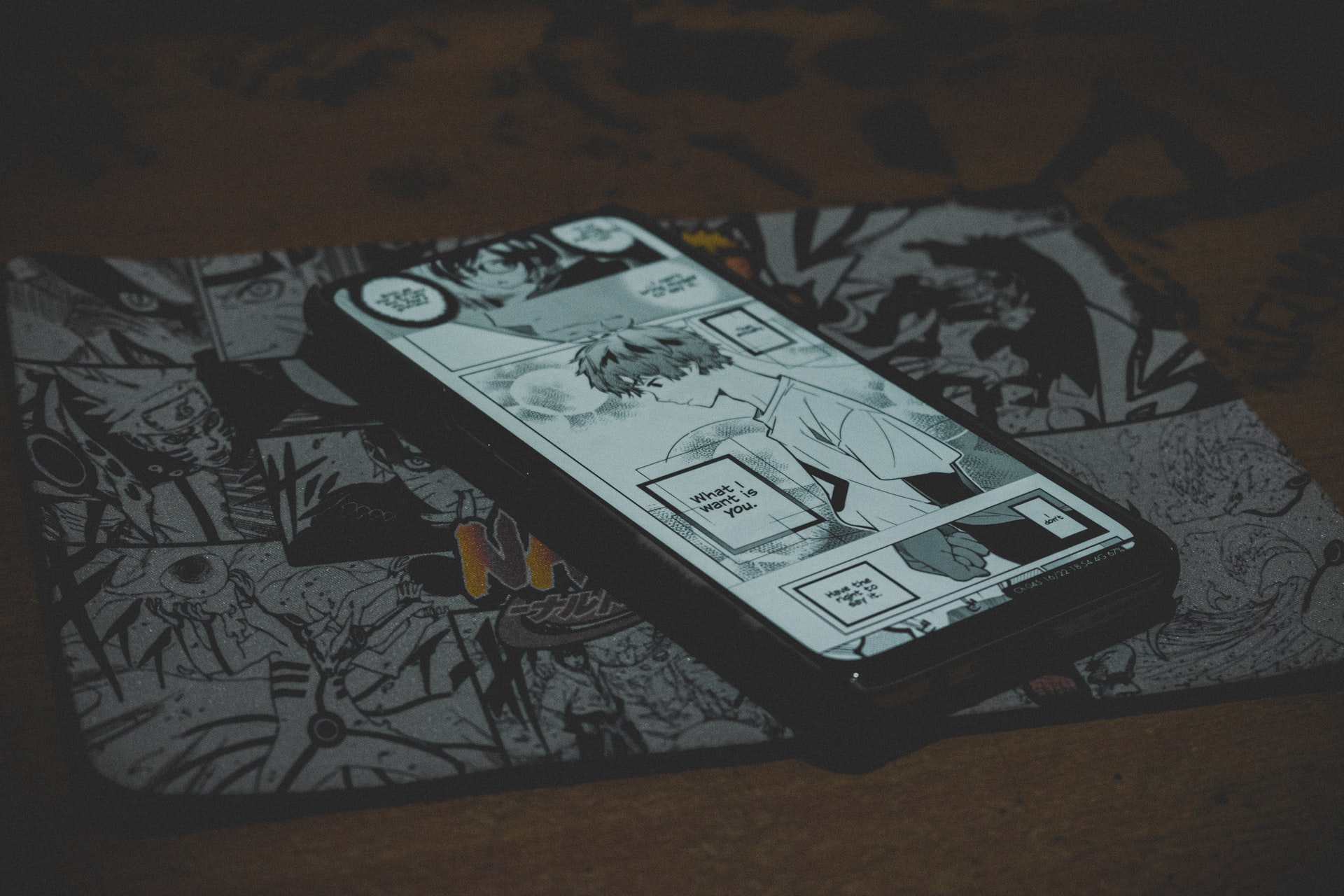The Beginners Guide to Anime

What do you think about anime? How about manga? People unfamiliar with these art forms might consider them to be Japanese versions of comics and cartoons. This is not wrong: Comics and manga are stories you can read on paper, and cartoons and animes are stories you can watch on a screen. However, Japanese illustrations and animations are not only for kids and teenagers. Among the thousands of productions made in Japan every year, you can find simple stories as well as complex ones. These stories cover common topics such as action and romance, but many also explore existential questions related to the use of technology, implications of war or the nature of goodness.
The Origins
The origins of manga go back to the 12th century and the origins of anime begin in the first half of the 20th century. Nevertheless, the work of Osamu Tezuka defined the genre as we know it today. Tezuka began drawing stories while he was a university student during the 1940s. One of them was Ambassador Atom (1952). This is the story of Atom, an android boy with special powers who lives on a futuristic Earth and fights against earthly and alien villains. Ambassador Atom became popular in the United States with its TV adaptation Astro Boy (1963). The show’s popularity helped the development of the animation industry in Japan. Fun fact: Disney’s movie characters inspired Tezuka’s drawing style. For this reason, his characters have big eyes, a feature which would turn out to be characteristic of the genre.
Different Subgenres
In the following decades, the evolution of anime was extraordinary. The reason for its current popularity among diverse groups of people is because of the subgenre diversity that covers so many different topics. The following are just three of its most popular subgenres:
Shonen is a type of story full of action and adventures. The main character is typically a boy or teenager who becomes stronger as he defeats his opponents and overcomes adversities. The characters in these stories usually have special powers. The most popular example is Son Goku of Dragon Ball (1986). At the beginning of the story, he is just a little boy who lives in the mountains. During years of hard training, he learns new techniques, has epic combats, saves the world and becomes one of the best fighters of martial arts in the universe.
Shojo is a story based on romance. The main character is typically a schoolgirl who is in love with one of her classmates and does know how to confess her feelings. However, there is also a component of magic and adventure in these stories: The main characters often have powers and destinies to fight against evil forces. For this reason, they are commonly known as magical girls. The most popular examples of shojo are Sailor Moon (1992) and Card Captor Sakura (1998).
Mecha is a story of robots. The pilots of these robots tend to be teenagers and the enemies are gigantic evil monsters from space. The complexity of mecha stories and robot designs has evolved over the years. Mobile Suit Gundam (1979) is a war story where you can witness the legitimate motivations of both sides. And Neon Genesis Evangelion (1995) explores the details and traumas of its characters during a desperate fight for survival against bizarre creatures known as angels from Heaven, sent to destroy mankind.
Serious Topics and Experimentation
During the 1990s and early 2000s, the stories achieved a level of complexity never before seen in animated productions. This made them more attractive to young adults. Fans consider movies like Akira (1988) and Ghost in the Schell (1995) to be classics not just of animation, but also of the cyber punk genre. Other exciting things in the world of anime and manga were also happening at this time. Additionally, the well-known film director, Hayao Miyazaki, created his two most acclaimed movies: Princess Mononoke (1997) and Spirited Away (2001), two epic stories full of Japanese folklore. There were also productions recognized for his cool style, as Cowboy Bebop (1998) and Samurai Champloo (2004). These productions combined the story of space bounty hunters and vagabond samurais with edgy jazz and hip-hop soundtracks. Finally, the moral debate about killing all the bad people in the world found in Death Note (2006) was so appealing to the public that it motivated Netflix to produce its own real actors’ adaptation in 2017.
When it comes to anime, there is a lot to cover. The best advice? You had better start exploring it now.
